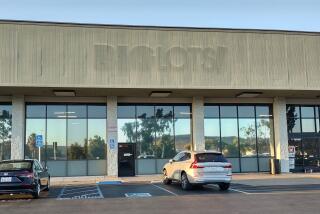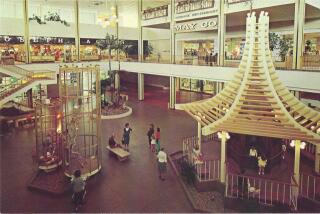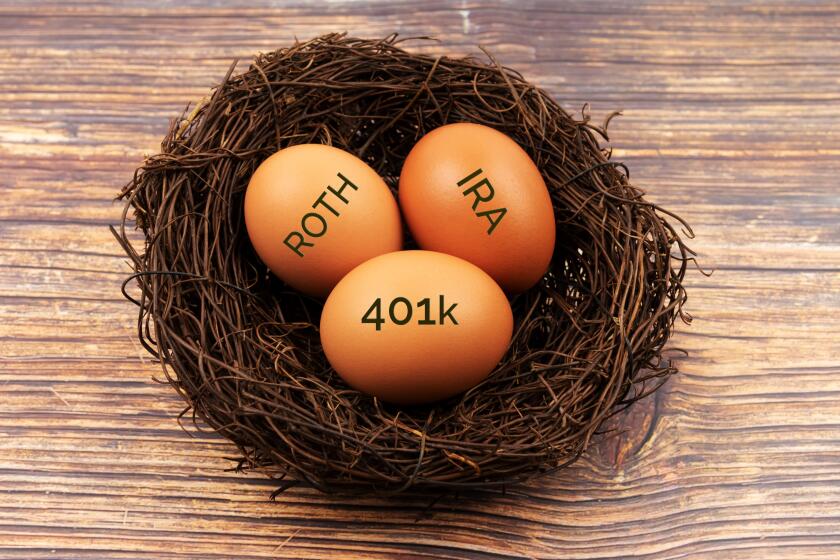RETAILING MEGA-MERGER : Broadway Stores’ Convoluted History
- Share via
1896: Arthur Letts opens the Broadway Department Store, a 4,000-square-foot shop at 4th Street and Broadway in Los Angeles.
1950: The company becomes Broadway-Hale Stores with the purchase of Hale Bros. Stores of Northern California.
1969: Broadway-Hale acquires Neiman-Marcus and Waldenbooks and merges with Emporium Capwell Co. of San Francisco.
1972: Philip M. Hawley is named president. The company purchases Bergdorf Goodman of New York.
1974: The company is renamed Carter Hawley Hale Stores.
1978: The company buys John Wanamaker of Philadelphia and Thalhimers of Richmond, Va.
1984: Specialty retailer Limited Inc. launches an unsuccessful $1.1-billion takeover bid.
1986: Limited Inc. and shopping mall developer Edward J. DeBartolo Sr. make a $1.93-bil$1.93-billion takeover bid for Carter Hawley, which rejects the bid and announces a plan to spin off its specialty retailing division, including Neiman-Marcus and Contempo Casuals.
1987: Carter Hawley says restructuring will cost more than $1 billion, and it unveils an employee ownership plan to discourage hostile takeovers that would leave workers owning more than 50% of the company. Shareholders approve the restructuring; the stock hits a record high of $77 a share.
September, 1989: Profit for the fiscal year falls to $13.5 million.
October, 1990: Carter Hawley reports a loss of $26 million for the fiscal year and says it will reduce its work force by 1,000. The stock sinks to $3 a share.
December, 1990: Carter Hawley sells its Thalhimers division to May Department Stores for $317 million.
January, 1991: Carter Hawley announces a plan to sell its credit card division, but the deal falls through and the stock tumbles again.
February, 1991: Carter Hawley files for Chapter 11 bankruptcy protection.
May, 1992: Carter Hawley Hale announces $800 million in new General Electric Capital Corp. financing; first-quarter losses decline and sales rise.
October, 1992: Carter Hawley Hale emerges from bankruptcy after Chicago investor Sam Zell assumes about a third of the firm’s debt and pumps in $50 million in return for 75% ownership.
1993: Carter Hawley Hale names David Dworkin chief executive, succeeding Hawley. Company issues 10 million shares of new stock to help finance an ambitious store remodeling plan.
June, 1994: Company changes its name to Broadway Stores Inc.
March, 1995: Broadway Stores returns to profitability, but quarterly earnings are far below Wall Street expectations.
May, 1995: Broadway Stores reports a first-quarter net loss of $43.3 million.
Aug. 7, 1995: Shares of Broadway Stores lose nearly half their value after reports that manufacturers and financiers have cut off credit.
Aug. 14, 1995: On the brink of bankruptcy, Broadway agrees to be acquired by Federated Department Stores.
More to Read
Inside the business of entertainment
The Wide Shot brings you news, analysis and insights on everything from streaming wars to production — and what it all means for the future.
You may occasionally receive promotional content from the Los Angeles Times.










